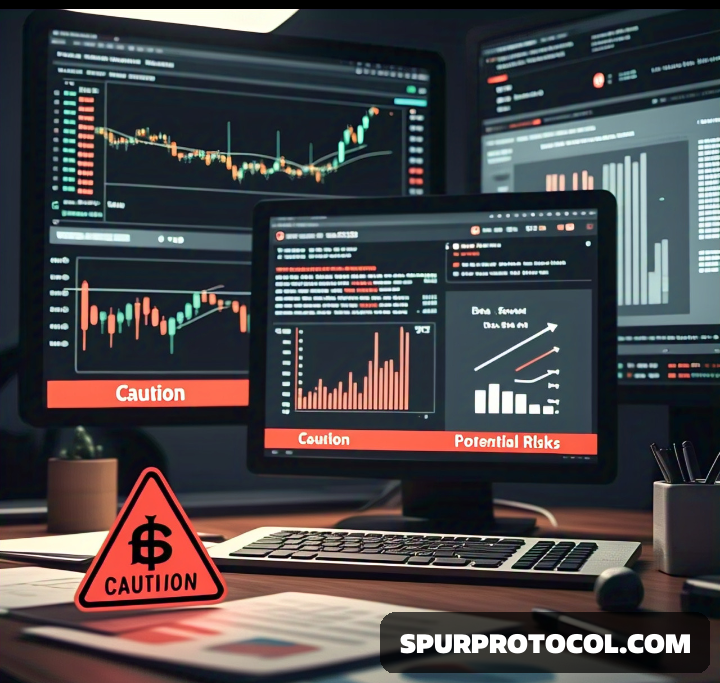Potential Risk Signals Of An Exchange
How to spot red flags in cyptocurrency exchanges
Go Back

🕒 8:42 AM
📅 Mar 13, 2025
✍️ By jhonnie
1. The Exchange Doesn’t Tell You What It Does With Your Assets
A trustworthy exchange should be transparent about what it does with your assets. If an exchange doesn't explain how it manages your funds or is vague about its practices, it's a red flag.
2. Minimal Online or Social Media Presence
An exchange with minimal presence online or on social media might not be trustworthy. Reliable exchanges engage with their community, provide updates, and have active customer support channels.
3. Unsolicited Recommendations
If someone you don't know contacts you on social media to recommend an exchange, be cautious. Scammers often use this tactic to lure people into fraudulent schemes. A legitimate exchange will not approach you directly without prior contact.
4. The Exchange Has Previously Frozen or Interrupted Customer Withdrawals
An exchange that has previously frozen or interrupted customer withdrawals could be facing liquidity shortages or internal issues. While technical problems can occur, frequent or prolonged withdrawal restrictions are a red flag.
5. The Exchange Doesn’t Have a Customer Service Department
A reliable exchange should have a customer service department that is easy to reach. If it's difficult to get in touch with customer support, or if they don't respond to your inquiries, it could indicate deeper issues within the exchange.

